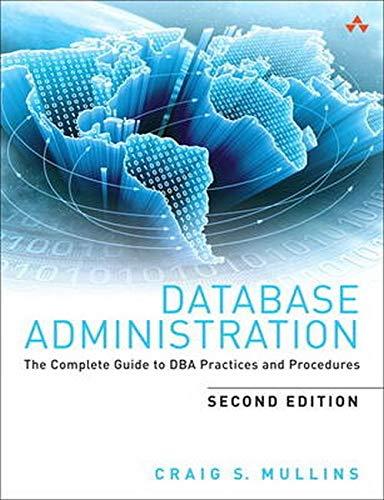Question
Java Programming - Stack Data Structure You are asked to develop an application that uses the stack data structure to check for balanced parentheses in
Java Programming - Stack Data Structure You are asked to develop an application that uses the stack data structure to check for balanced parentheses in an arithmetic expression. Specifically, consider the problem of checking to see if an arithmetic expression involving three kinds of parentheses is a proper expression in that the parentheses are balanced in pairs. For example,
(6 + {[2+7]*9}/8)
is a proper expression. We will be concerned with three kinds of parentheses:
Curved ( ) often called simply parentheses
Curly { } called braces
Square [ ] called brackets
We will call all of these parentheses.
First, create a text file with 20 examples of proper and improper expressions. You may assume that there is one expression per line in the input file. You may also assume that the arithmetic parts of each expression, those that do not involve parentheses, for example 25 * 5 are all proper. So you will never see things like (+ 25 * 2 ). Your input file might look like this:
(25 * 5) * [{45 / 2} 500] (((50 / 7)) etc
For each of the expressions in the input file your program should assess if the expression is proper or improper and produce an output file with either the word proper or improper next to each expression from the input file. For example, your output file for the above input file will look like this:
(25 * 5) * [{45 / 2} 500] proper (((50 / 7)) improper
Here is a hint. You should store each expression into a string variable. To check whether or not an expression is proper, scan the string from left to right, pushing each left (opening) parenthesis we encounter onto a stack. When a right parenthesis is encountered, we pop an entry from the stack and it should match the right parenthesis in type. For example, ( matches with ), { matches with }, or [ matches with ]. If it does not match, the expression is not a proper one because the parentheses are not balanced. With a proper expression, the stack of the left parentheses should be empty when we reach the end of the expression.
Step by Step Solution
There are 3 Steps involved in it
Step: 1

Get Instant Access to Expert-Tailored Solutions
See step-by-step solutions with expert insights and AI powered tools for academic success
Step: 2

Step: 3

Ace Your Homework with AI
Get the answers you need in no time with our AI-driven, step-by-step assistance
Get Started


